Eliminate Returns with Effective Photography
Did you know that 12% of online purchases are returned? In the fashion industry, that number skyrockets to nearly 30% for fashion and shoes. For years, there’s been debate about whether customers should be charged for return costs. It’s no surprise—returns cost retailers anywhere from €12.50 to €19.50 per package, and even more for small e-tailers. But the actual costs are far higher.
Returned products are out of circulation for weeks while being shipped back and processed for resale. During this time, they can’t generate revenue. Some items, unfortunately, come back unsellable, requiring discounts or even destruction.
What about the customer’s the customer’s perspective?
Frustrated shoppers often order multiple sizes (in 12% of cases for clothing and shoes) or return items because they don’t fit or are the wrong size (27% of customers). Worse, 19% of returns happen because the product “looks different than expected.”
Beyond the hassle of returns, disappointed customers feel let down by their experience, which impacts their loyalty and trust in your brand. A single return can tarnish their perception of your e-store, jeopardising retention.
The good news? You can prevent a significant portion of returns with the right approach. That 19% of “looks different than expected” returns? You can eliminate almost all of them—with better photography.
How?
With photography, you can visually communicate nearly all product information. People process visuals 60,000 times faster than text. Your photos are your salespeople. Forget the text, forget the colour of your buy button. Invest in your photography, win back your customers, and slash your returns. It’s one of the easiest ways to boost profits.
So why do we still focus so much on whether customers should pay for returns? That’s the most negative sanction you can impose. Imagine doing that in a physical store—it would be unthinkable. Clearly, the focus is all wrong.
Here’s a quick exercise for e-commerce managers:
Pick a product detail page for an item with a high return rate.
Remove all text. Even the brand logo. Only the photos remain.
Ask people unfamiliar with the product to look at the image for 52 seconds—no more (that’s already longer than the average time spent on a product detail page).
Ask them to describe the product: all the details, unique features, quality, size, material, and possible uses they can identify from the image.
Compare their description to the product’s actual features.
Now you know exactly what’s missing in your photography. Fix it and returns will go down.
E-commerce photography is not about pretty pictures.
It’s about enticing, informing, and convincing your customer. A webstore without high-quality, effective photography is like a shop with no staff. You might as well shut your doors.
Take a look at the image below. What is it? What does it do? What’s it made of? How big is it?
Now, take a look at the product description:
With stylish table linens, you can effortlessly add extra ambiance to your dining table. Like this extra-long, pebble-coloured tablecloth, perfect for a rectangular table seating 8 to 10 people.
Dimensions: 145 x 350 cm
Material: 100% organic cotton, GOTS certified
Made in: India
Care instructions: Wash at 40°C. Do not use bleach. Wash dark textiles separately for the first wash. Note: The material may shrink by 5 to 8% after the first wash. To minimise shrinkage, avoid using a tumble dryer.
Much of this information should have been conveyed through the product photos. Even the size. See my post on size and dimensions in e-commerce photography.
So this was a missed opportunity. Poor photography often results in returns—or worse, an unsold product that never reaches its full potential.
Want to learn how to reduce returns with photography?
Download the ultimate checklist: “Master Your Returns”.
images: www.dille-kamille.nl (they have lovely stuff, just missing the right images) & Zarahome.com


